Build Habitat

Who lives in cities?
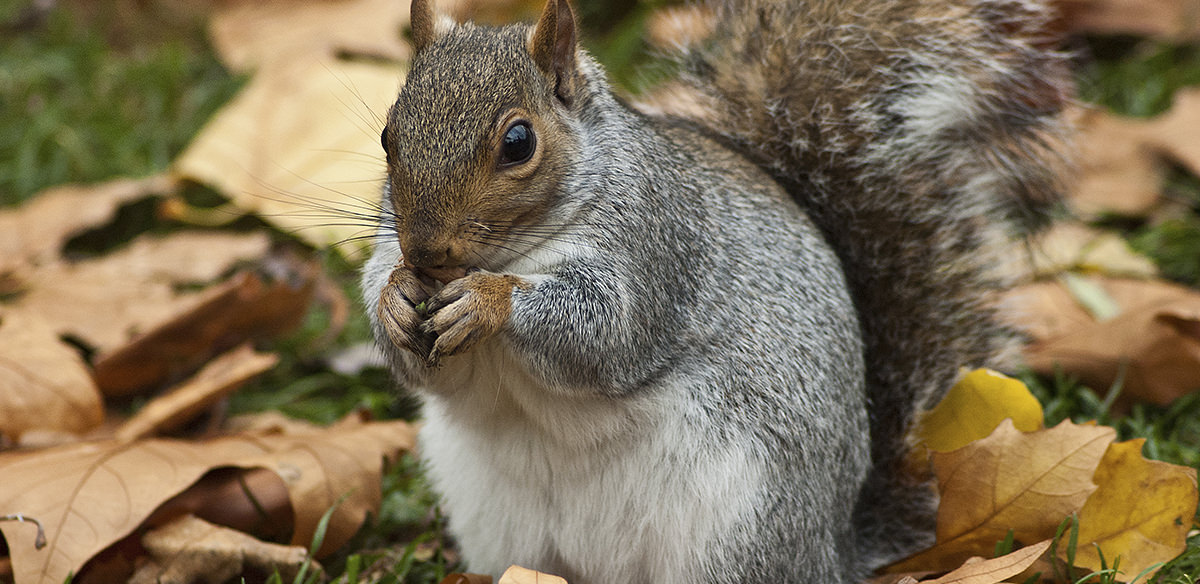
People, of course! But we're not the only inhabitants. Urban areas are built by and for humans, but animal and plant life have to share the same spaces.
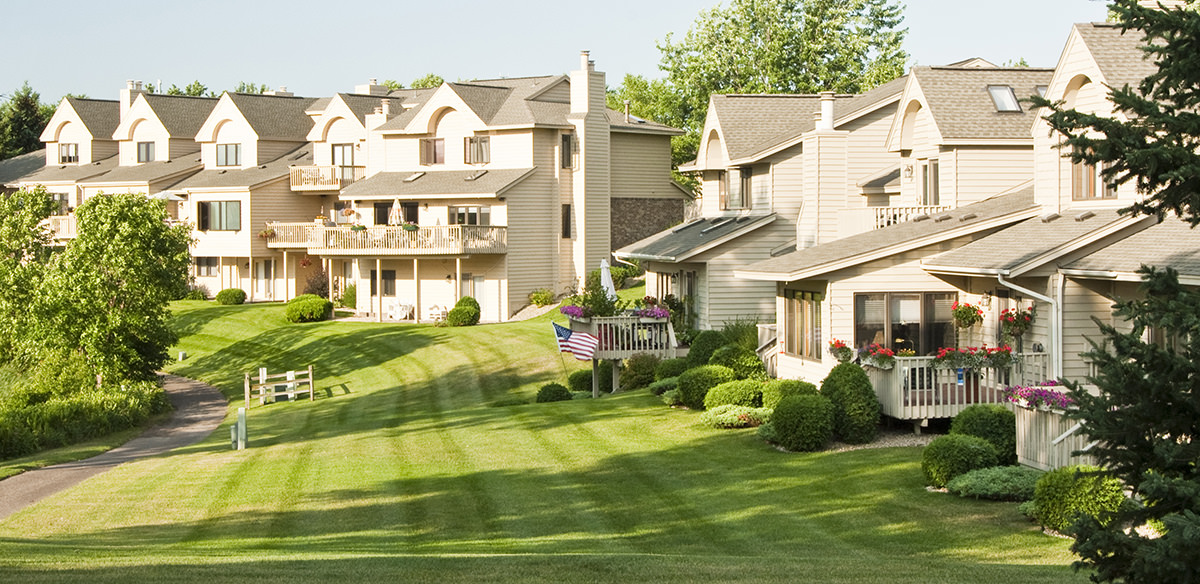
Animals didn't move into our neighborhoods — we moved into theirs. People built roads and buildings in the wetlands, fields, and forests that once only wildlife called home.
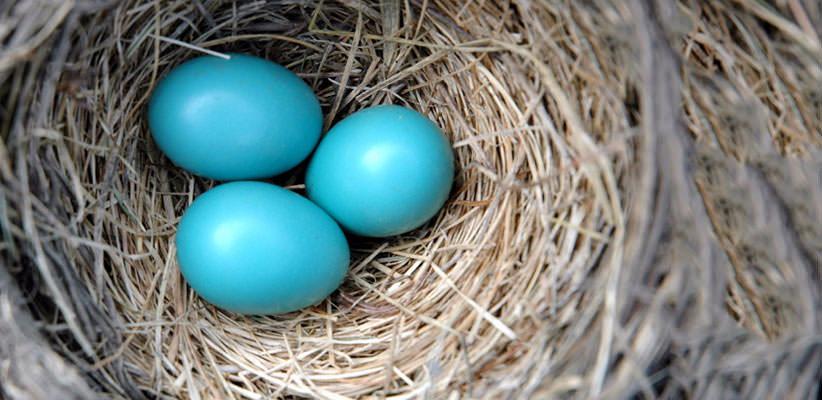
Some animals still live in and migrate through cities, but their native habitats have been lost or broken up, and the air and water qualities are worse. That means it can be harder for these animals to survive.

Green roofs are living systems and provide habitats to support wildlife. Habitat is the environment in which an animal or plant lives or grows.
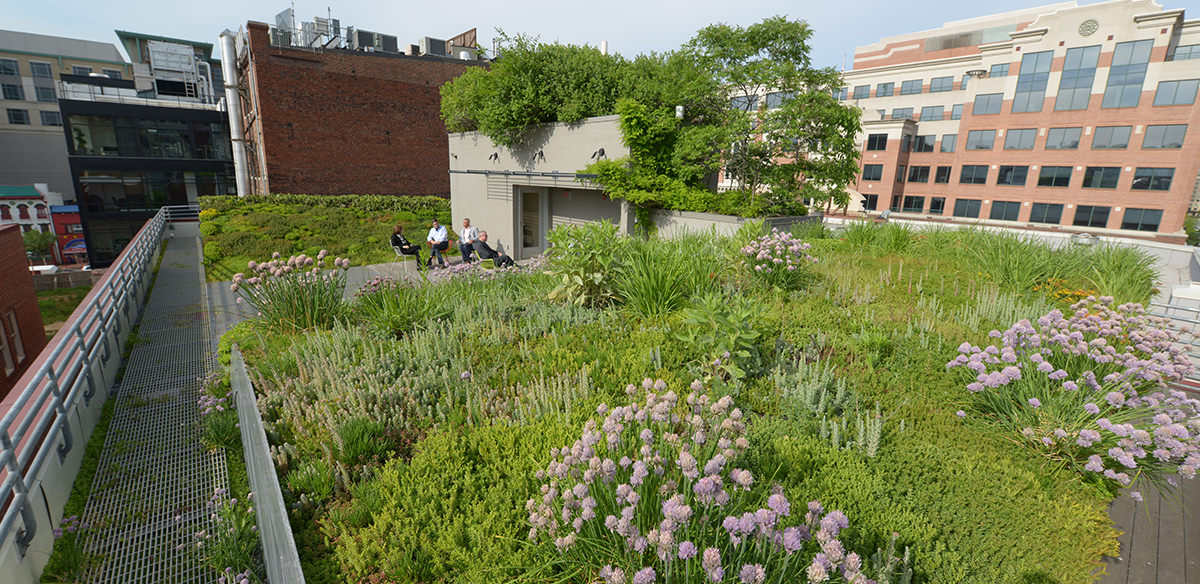
Growing a garden on a roof offers some unique challenges, but the payoff is that we can create habitats that provide food and a place for wildlife to live in or migrate through. These green spaces are called wildlife corridors. And people also get to enjoy the beauty of a natural space.
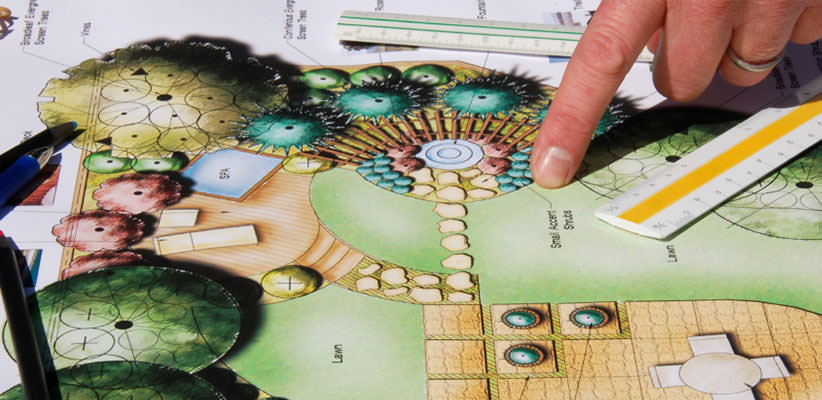
Building any garden, but especially a rooftop garden, requires planning. Many factors need to be taken into account including technical considerations, what the area will be used for, and the budget.

When planning a green roof that will create a habitat for wildlife, important questions a landscape architect thinks about are:
- How much weight can the roof bear?
- Which plants will grow and thrive and also attract wildlife?
- Can we use native plants on the green roof?
- How much will it cost to build the green roof?

A green roof is a blend of ecology and engineering. Landscape architects must understand how nature operates in order to create a green roof environment that will sustain life. And, as they design the roof, they work with other professionals to understand the engineering issues.

How much weight can the existing roof bear?
Since a green roof sits on top of the existing roof structure, it's important to calculate how much additional weight the existing roof structure can support.
Most flat roofs in the United states can support 15 to 25 pounds per square foot. This means they can support soil that is 3 to 4 inches deep.

A landscape architect works with a structural engineer to determine that weight. Using this information, the landscape architect and structural engineer make decisions about a green roof's design.
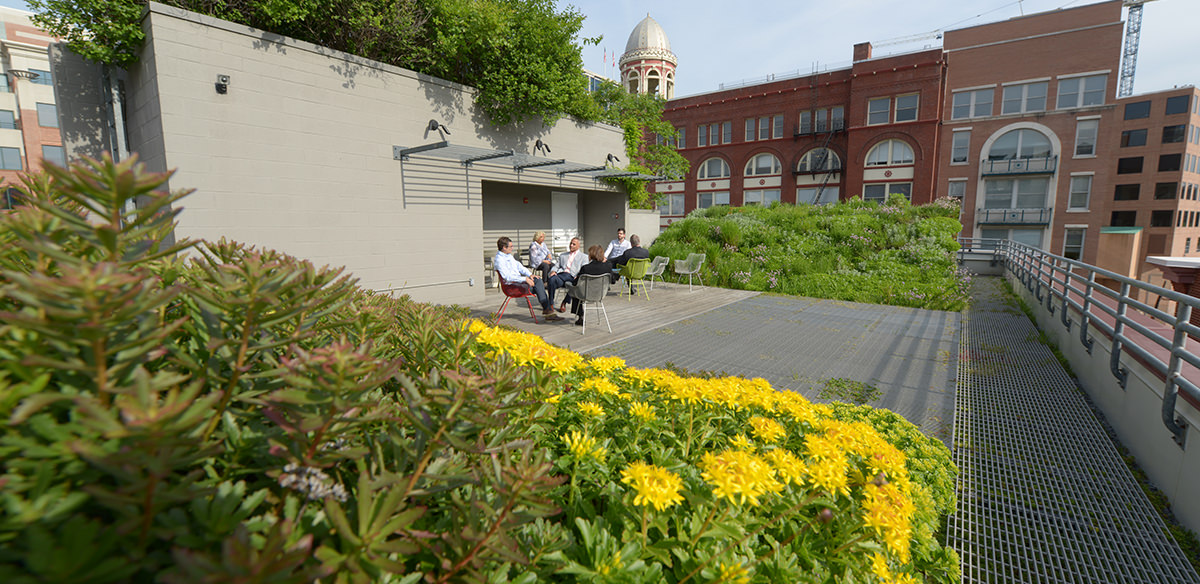
They must be sure that the weight of the soil and plants are less than or equal to the weight the roof structure can support.
Do you know how a green roof is constructed?
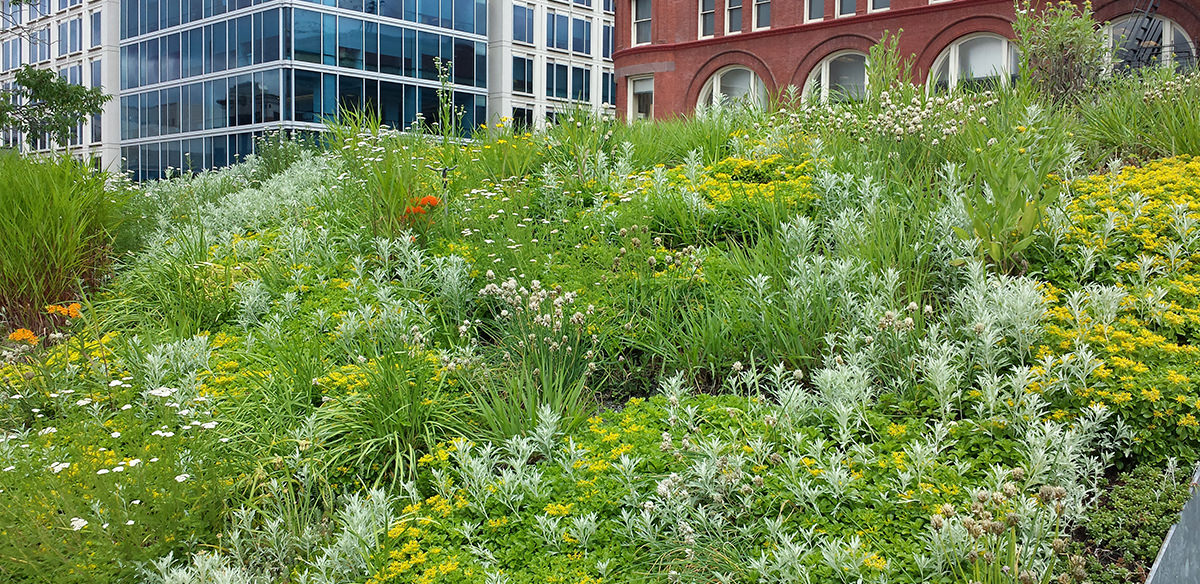
Green roofs are living roofs! They cover conventional roof surfaces, which are built to keep water from getting through, with living, breathing plant materials that absorb the water.
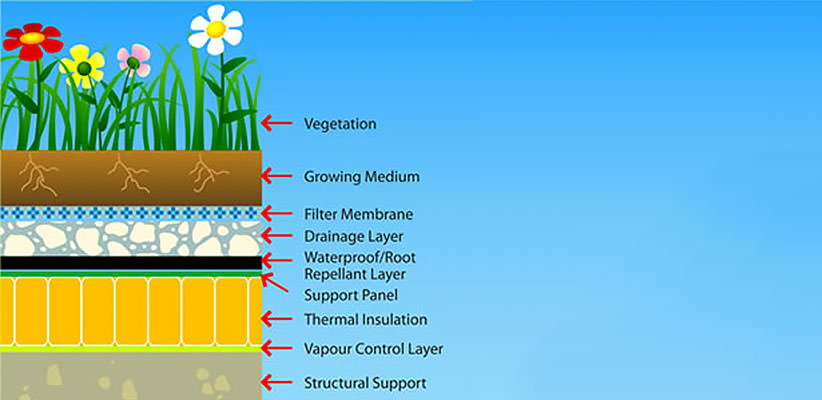
This illustration shows how a typical green roof is constructed. It is made up of plants, engineered soil, and a drainage layer over a waterproofing membrane. Additional layers, such as a root barrier, and drainage and irrigation systems may also be included.

The soil used on a green roof is called "engineered soil" because it is specially made to be lighter in weight than regular garden soil. It's a lot like the soil you use for a potted plant.
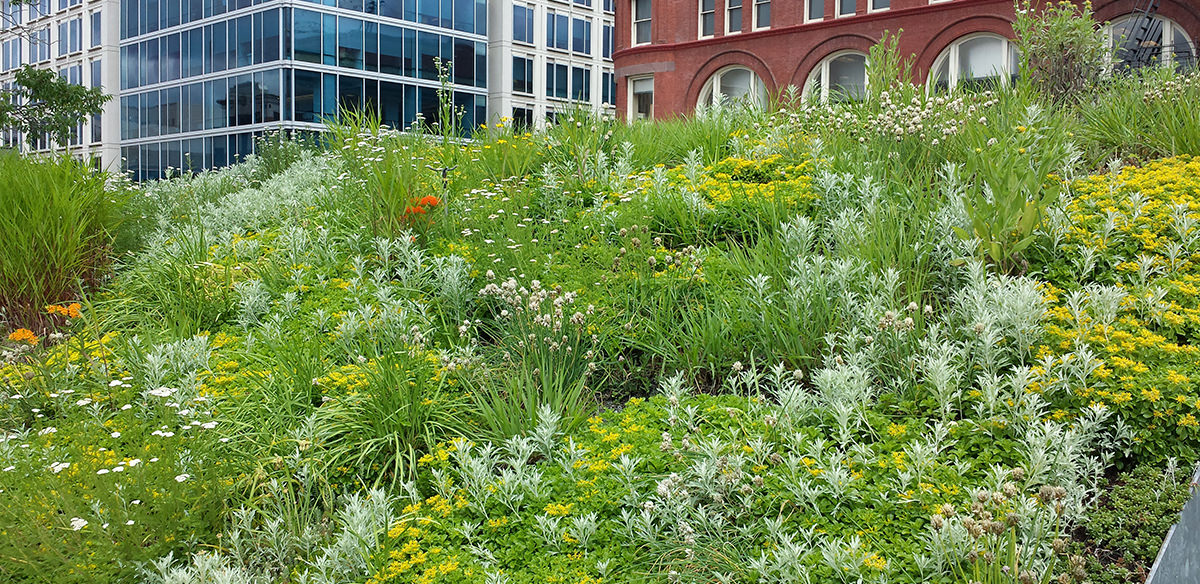
Which plants will grow and thrive and also attract wildlife?
A key to success in creating a habitat for wildlife on a green roof is to choose the plants carefully.
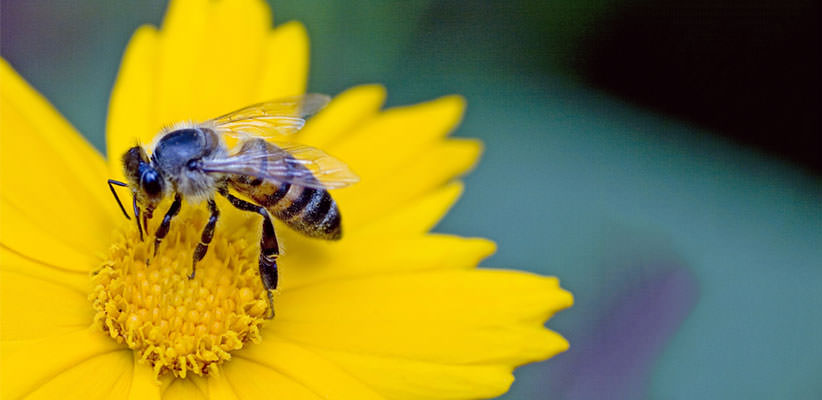
Landscape architects know how to select plants that are well adapted to the engineered soil and the roof's microclimates. They also know which plants attract wildlife.

When selecting plants for a green roof be sure to find out which plants are suitable to grow in your climate.
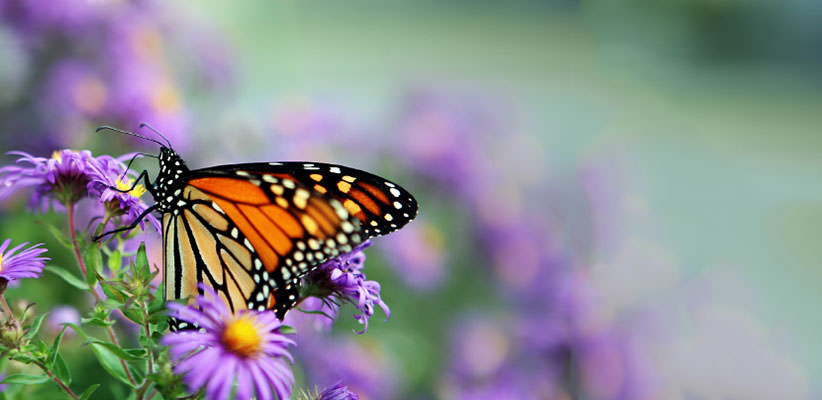
And, check with a landscape architect to find plants that will thrive in the specific conditions on your roof. Discover which plants attract urban wildlife like birds, bees, and butterflies.

A perennial is a plant that does not die after one growing season.
These perennial plants attract hummingbirds.
- Eastern Columbine (Aquilegia canadensis)
- Perennnial Larkspur (Delphinium exaltatum)
- Royal Catchfly (Silene regia)
- Indian Pink (Spigelia marilandica)
- Coral Bells (Heuchera sanguinea)

These perennial plants attract bees that pollinate the green roof plants and other plants too.
- Strawberry (Fragaria viriniana)
- Cranesbill Geranium (Geranium sanguineum)
- Large-flowered Beardtongue (Penstemon grandiflorus)
- Coreopsis (Coreopsis verticilatta)
- Dusty Miller (Senecio cineraria)
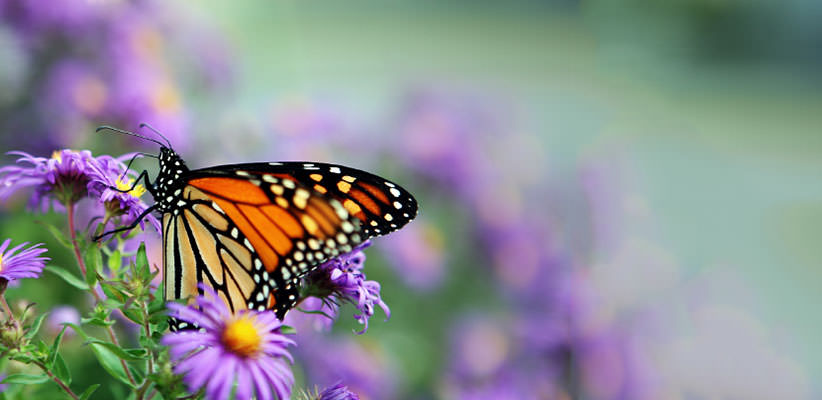
Butterflies like these flowering plants that can be grown on a green roof.
- Asters (Aster laevis)
- Black-eyed Susans (Rudbeckia hirta)
- Butterfly Weed (Asclepias tuberosa)
- Common Milkweed (Asclepias incarnata)
- Echinacea (Echinacea purpurea)

Can we use native plants on the green roof?
Native plants benefit wildlife because they provide a food source for them (e.g., nectar, berries, and seeds).

Landscape architects know which plants are native, or indigenous, to different parts of the country. And, they know which native plants will survive on a green roof.

How much will it cost to build the green roof?
A green roof initially costs more to build than a conventional roof. However, over time the higher cost is made up by the savings in energy use and the lower maintenance costs.
- Conventional roof = $5 to $10 per square foot.
- Extensive green roof = $10 to $25 per square foot.
- Intensive green roof = $45 to $55 per square foot.
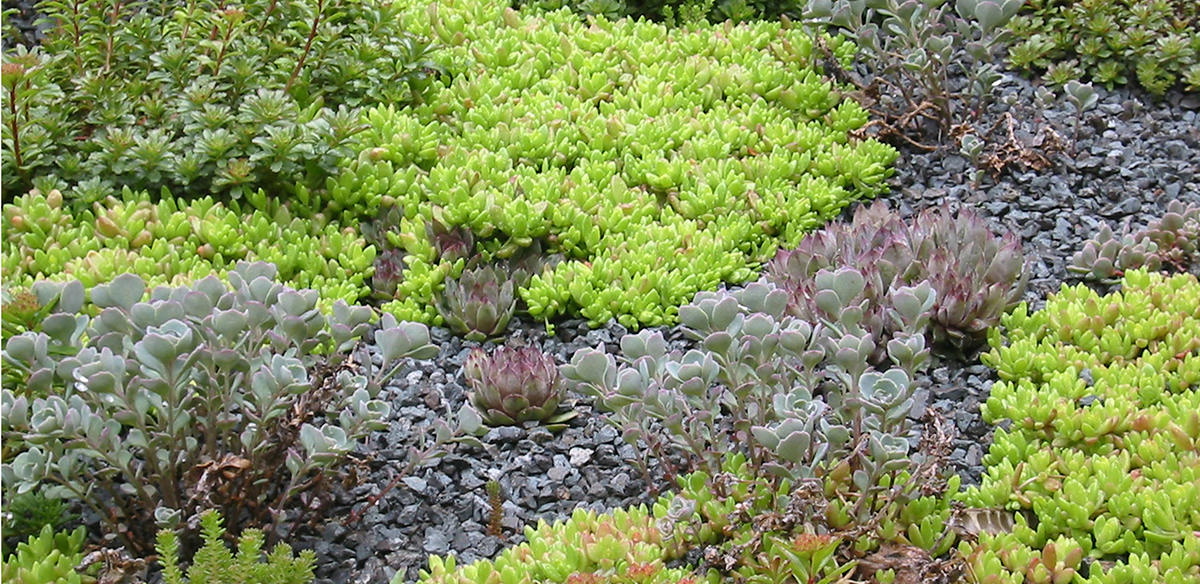
Extensive green roofs, which have less soil depth than intensive green roofs, are lighter in weight and less expensive to construct and maintain.
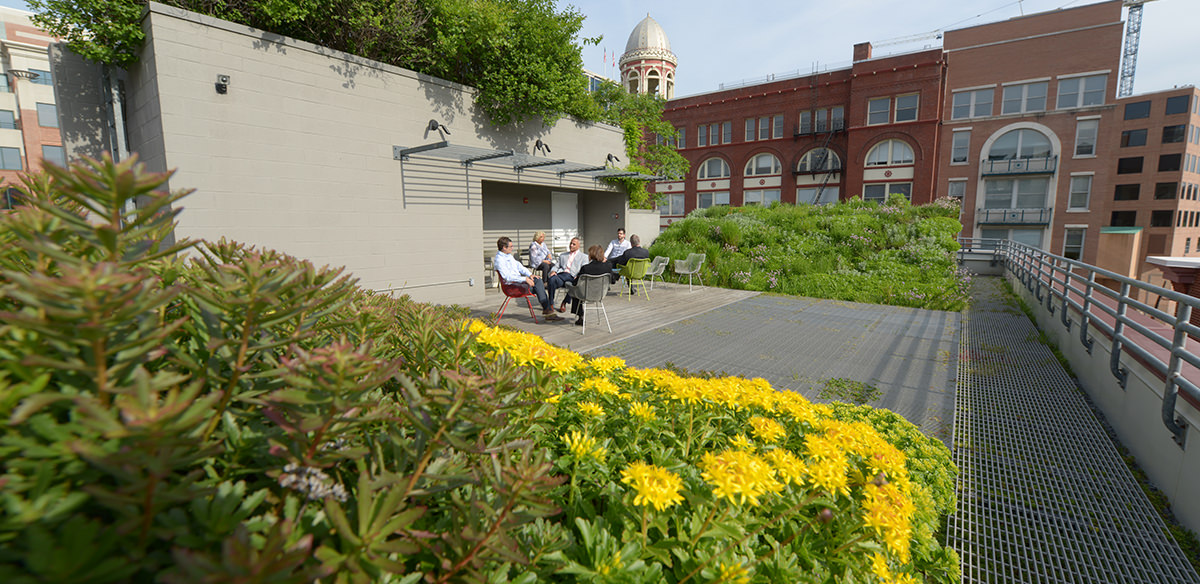
Green roofs significantly extend the lifespan of the roof membrane by protecting it from sunlight and temperature variations. This means that green roofs need replacement less often than a conventional roof. They typically last two to three times longer than a conventional roof.
Do you know how many years a green roof can last?
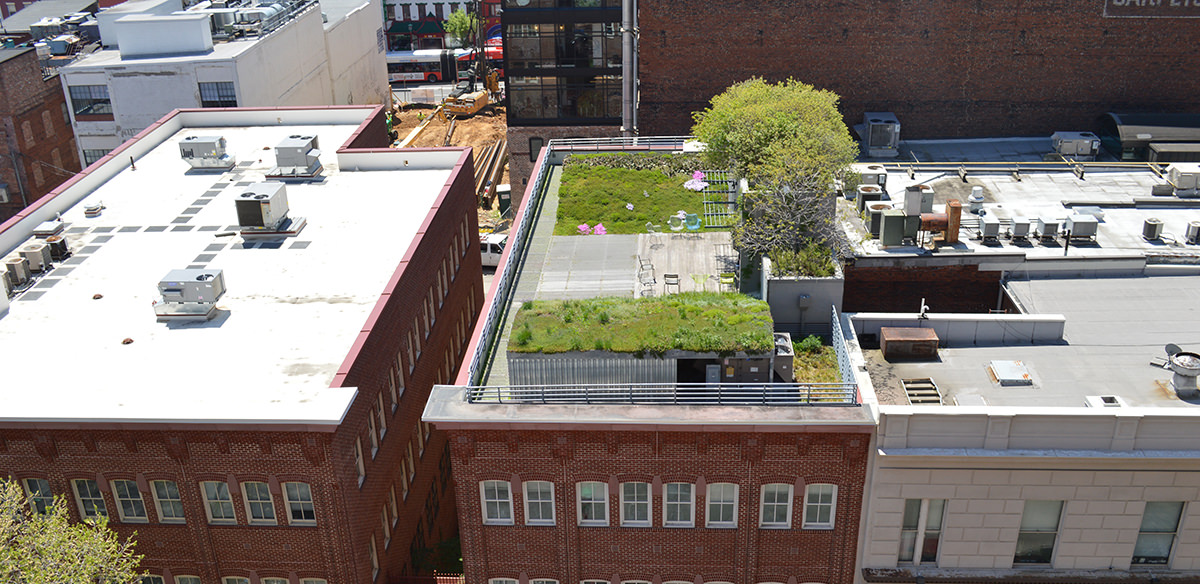
Experience with green roofs in Germany shows that they can have a lifespan of 40 to 50 years. The lifespan of a conventional roof is typically 12 to 20 years.
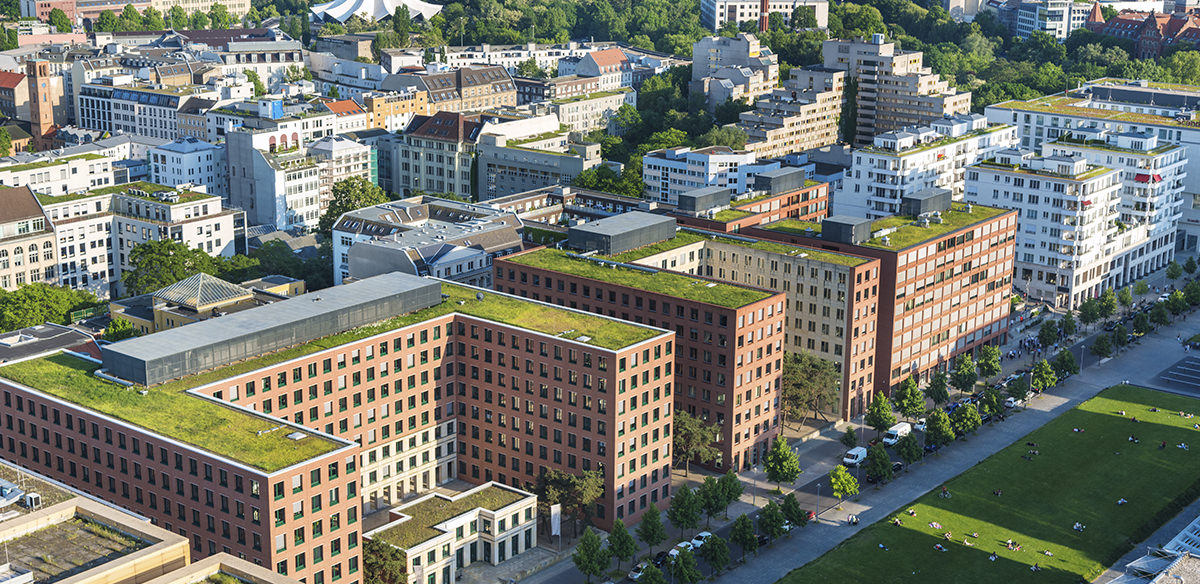
Germany introduced modern green roofs in the 1970s. Over 30 million square meters of roofs have been greened since the year 2000 alone, which equals 323 million square feet! (1 meter = 3.28 feet) In Germany, the law in some cities requires green roofs on flat industrial buildings.

In some cities in the United States, people get incentives such as tax credits when they build green roofs on new and existing buildings.
Why do you think a city government would do that?
Do you think it's a good idea?


The ASLA Green Roof Education Program is made possible by a grant from the National Endowment for the Arts and a generous contribution from the landscape architecture firm Lewis Scully Gionet, Inc.
Sponsored by ASLA | © 2016































